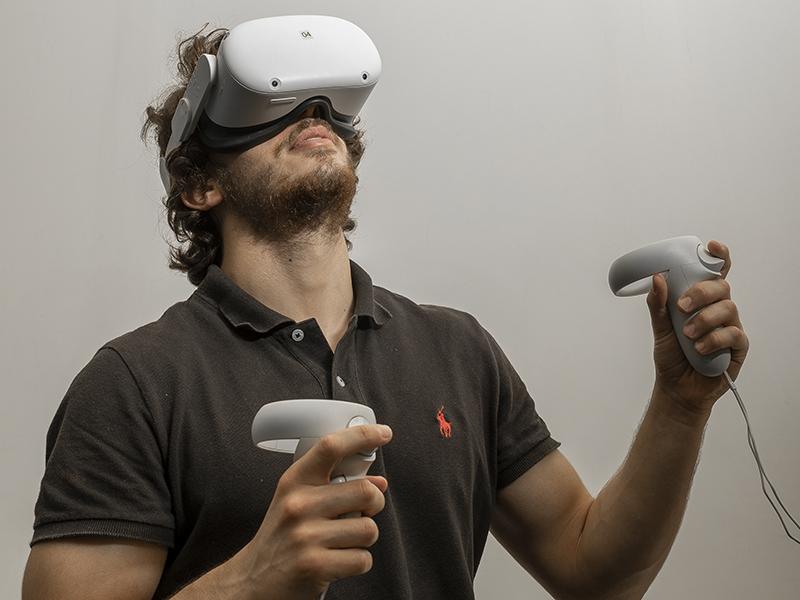
Using simulation games to teach lean manufacturing
Simulation games can improve students’ understanding of lean manufacturing. Here are five tips for incorporating them into your teaching practice
You may also like
Popular resources
Many business schools around the world claim their teaching and learning experiences are grounded in practice-based and industry-oriented philosophies. However, in my experience, it’s rare to see this in practice because it is not easy to achieve. Business instructors don’t always have access to manufacturing equipment integral to a process we need to teach or might lack real-world experience with using it.
Lean manufacturing is a widely used philosophy that focuses on eliminating any “waste”, an expense or effort expended during the manufacturing process that doesn’t add value to the consumer. At the School of Intelligent Finance and Business, I teach lean manufacturing concepts to undergraduates with little or no industry experience.
Based on my experience, here are five steps to designing learning activities geared towards tackling real industrial or manufacturing problems.
1. Make the most of your resources
The tangible and intangible resources you have at hand, such as on-site equipment or industry experience, will influence the types of learning activities you can design. Think about what equipment you can use in your teaching. While some schools may use a learning factory with a lab with real factory tools to model a production environment, most do not.
If you have the equipment, do you have experience using it? Without manufacturing shop-floor experience, you might have difficulty using it appropriately in teaching.
If you are lucky enough to have the equipment and the know-how, you are on your way. However, based on my 10-plus years of working in higher education, this is rare. Fortunately, even without these, options are out there.
- Resource collection: Show time: how to be an engaging teacher
- Do you speak Gen Z or are you a noob?
- What does ‘student engagement’ mean to you? And you? And you?
2. Incorporate simulation games into your teaching
Simulation games, which are defined by Federico Pasin and Hélène Giroux as the representation of any aspect of reality based on a simplified and abstract model, are widely used in teaching medicine, engineering and management, among other fields. Their application can be traced back to ancient China. For instance, chess and similar board games have been used to replicate war battles. Studies have found simulation games to be highly effective because they are more engaging and motivating than other strategies. Based on my experience of using them, I agree.
3. Choose the right type of simulation game
Think about what type of game best matches what you are trying to simulate. As simple as it may sound, it requires consideration. Even though I am well versed in digital technology, I prefer teaching non-computerised lean-manufacturing simulation games. Regardless of the advancements in technology, I believe that manufacturing is still mainly about getting your hands dirty when using tools and machines. Therefore, the simulation games I design usually involve manual labour.
One of my favourite simulation games involves asking students to develop the most efficient production line for manufacturing paper aeroplanes while applying lean thinking methods. As part of the lean-thinking module I lead, students in groups of five compete at manufacturing a pre-defined number of paper aeroplanes to a deadline, ensuring each plane meets a set standard. Upon completion of the task, I choose a sample at random and perform a quality-control inspection against several criteria, including wingspan dimensions and tail dimensions. This game allows students to analyse wastes such as waiting time, defects, overproduction and over-processing. Most importantly, it relies on teamwork and making things by hand.
Another non-computerised simulation game I like to use that offers hands-on manufacturing experience involves stuffing envelopes. While not as complex as the paper-aeroplane manufacturing game, this simulation game offers plenty of opportunities for understanding and identifying lean manufacturing’s core wastes. For this game, I time a student (or a group of students) while stuffing envelopes (10, for example) using the traditional batch method, which includes folding 10 A4 pieces of paper in thirds, then putting them in envelopes and sealing them all. In the second instance, they must use one-piece flow manufacturing, which means the student (or the group of students) must stuff envelopes one at a time, finishing each one completely before starting the next. Finally, I ask the class to analyse the main differences between batch and one-piece flow manufacturing.
4. Test it out
Make sure that you plan every aspect of your simulation games accordingly. I always abide by the “Failing to plan is planning to fail” philosophy. Typically, a few weeks before I run the simulation, I invite several students to test it outside regular teaching hours. I run the simulation several times while collecting feedback about their experiences. The testing helps me to see how to improve the simulation to better replicate the experience of solving real lean-manufacturing problems. It also shows me what could go wrong during the simulation, so I can make modifications or be prepared.
5. Embrace it as your own self-learning experience
Even though designing learning activities geared towards solving real manufacturing problems should be a student-centred experience, it is important you also see the process as an opportunity to learn. Manufacturing as a process is never perfect. It is continuously improving. Teaching, in the same vein, is a never-ending process; thus, as an instructor, you can embrace this mentality and welcome mistakes or failures before, during or after the simulation that offer valuable lessons for the next one.
Svetoslav G. Georgiev is an associate professor of practice at the School of Intelligent Finance and Business at Xi’an Jiaotong-Liverpool University’s Entrepreneur College in Taicang.
If you would like advice and insight from academics and university staff delivered direct to your inbox each week, sign up for the Campus newsletter.




